The decorative and functional lighting world has expanded dramatically in recent years, bringing forth many choices for homeowners and designers alike. Two popular options in this arena are rope lights and LED flexible strips. It can be challenging to differentiate between them and select the one that best meets your requirements.
In this informative article, we will dissect the key differences between these two contenders, enabling you to make an informed decision and elevate your space’s ambiance to new heights. Discover their features and best applications, and find the perfect lighting solution for your project.
Importance of Choosing the Right Lighting Solution
Selecting the appropriate lighting solution enhances the ambiance of a space, improves functionality, and promotes energy efficiency. A well-informed decision considers factors such as cost, aesthetics, and installation requirements, ultimately leading to a satisfactory outcome.
Understanding LED Strip Lights and Rope Lights
LED 스트립 and rope lights are popular for their versatility and energy efficiency. Let’s dive deeper into their definitions and components.
LED Strip Lights: Definition and Components
LED strip lights are thin, flexible circuit boards with small LED chips mounted on them. They offer bright, focused illumination and can be customized according to the desired color and brightness. LED strips can be cut to length, and their adhesive backing facilitates easy installation on various surfaces.
LED Rope Lights: Definition and Components
LED rope lights consist of small LED bulbs encased within a flexible, translucent plastic tube. They emit a softer, diffused glow and can be twisted or bent to create unique shapes, making them ideal for decorative purposes.
Rope Light vs Strip Light: Key Differences
In this section, we will discuss the main differences between LED strip lights and rope lights based on various factors, including light quality, flexibility, durability, etc.
Lighting Source
LED strip lights feature a row of closely spaced LEDs, providing a sharper, more focused light beam. So many types of LEDs are used to make LED strips, such as SMD2835, SMD3528, SMD5050, SMD2216, or SMD3014. In recent years, so many LED strips come with COB LEDs. Rope lights have more significant, spaced-out LED bulbs, DIP LEDs, or incandescent bulbs, resulting in a softer glow.
Input Voltage
LED strip lights typically operate on a lower voltage (12V or 24V) than rope lights, which often run on 120V or 230V. In recent years, LED strips are also available in AC230V.
Size and Dimensions
LED strips are thinner and narrower, allowing them to fit in tight spaces, making them more suitable for low-profile installations. In contrast, rope lights are thicker due to the plastic tubing and require more room for installation.
Mounting and Installation
LED strip lights often come with adhesive backing, making them easy to install on flat surfaces. Rope lights can be hung or wrapped around objects, requiring additional mounting hardware or clips.
Available Colors and CCT
LED strip lights are highly customizable, offering various colors(red, yellow, blue, green, cold white, daylight white, warm white, tunable white, RGB, RGBW, RGBWW, etc.) and color temperatures(2700K, 3000K, 4000K, 5000K, 6000K, etc.). Rope lights come in various colors, but their range is typically more limited than strip lights.
Cost and Affordability
LED strip lights are generally more expensive due to their customization possibilities and advanced features. However, they are generally more energy-efficient, leading to long-term savings. Rope lights are often more affordable, making them a budget-friendly choice for decorative purposes.
Light Quality and Brightness
Strip lights are brighter due to their closer-spaced LEDs, making them ideal for functional lighting. In recent years, brighter LED strips such as 180lm/W strips are available. Rope lights provide a softer, more ambient glow, suitable for decorative purposes.
Beam Angle
Most LED strip lights have a narrower beam angle, such as 120 degrees, focusing light in a specific direction. Rope lights emit light in a 360-degree pattern, illuminating a larger area. P.S.: LED 네온 플렉스 is an excellent solution to replace rope lights.
유연성
Rope lights boast superior flexibility due to their plastic tubing, allowing them to be bent and twisted into various shapes. LED strip lights are somewhat flexible but are better suited for flat surfaces.
IP Rating and Waterproofing
Both LED strip lights and rope lights can have varying levels of waterproofing, as indicated by their IP ratings, such as IP65, IP66, IP67, or IP68. Choose the appropriate IP rating based on the intended application.
Casing Material and Durability
Rope lights have a plastic casing that offers some durability. In contrast, LED strip lights can come in various casing materials, including silicone and aluminum, providing better protection and heat dissipation.
Run Length and Voltage Drop
Longer runs of LED strip lights may experience voltage drop, requiring additional power supplies. On the other hand, Rope lights can typically be run in longer lengths without significant voltage drop due to their higher input voltage.
전력 소비량
LED strip lights are generally more energy-efficient than rope lights, consuming less power while providing similar or superior brightness.
Heat Sink Requirements
LED strip lights may require heat sinks for optimal performance and lifespan, especially when used in high-power applications. With their lower power consumption, Rope lights usually do not need heat sinks.
Lifespan and Warranty
LED strip lights have a longer(10x or 20x) lifespan than rope lights, often backed by extended warranty periods. However, the lifespan of both lighting options may vary based on usage and environmental factors.
Pros and Cons of LED Strip Lights and Rope Lights
Both LED strip and rope lights offer unique advantages and drawbacks, depending on the application.
Advantages of LED Strip Lights
- High energy efficiency and lower power consumption
- Bright, focused illumination
- Wide range of colors and color temperatures
- Slim profile for low-profile installations
- Easy installation with adhesive backing
Disadvantages of LED Strip Lights
- Higher initial cost
- May require heat sinks and additional power supplies
- Limited flexibility compared to rope lights
Advantages of Rope Lights
- High flexibility for unique shapes and applications
- Softer, more diffused glow
- Easy to install and rearrange
- Suitable for longer run lengths without significant voltage drop
Disadvantages of Rope Lights
- Lower energy efficiency compared to LED strip lights
- Limited color range and customization
- Thicker profile
LED Strip Light vs Rope Light: Applications and Best Uses
Both lighting options can be used in various settings, depending on the desired effect and functionality.
LED 스트립 조명
Home and Commercial Spaces
LED strip lights are ideal for creating accent lighting, mood lighting, or task lighting in homes, offices, and other commercial areas.
Architectural and Design Features
LED strip lights can highlight architectural elements, create visual interest, or provide indirect illumination in coves, recesses, or on walls.
Under Cabinet and Display Lighting
LED strip lights are perfect for under-cabinet lighting in kitchens and for illuminating display cases and shelves in retail environments.
Retail and Product Illumination
These lights are great for showcasing products in retail environments, drawing attention to specific items or areas.
Rope Lights
Seasonal and Holiday Decorations
The flexibility and unique glow make LED rope light ideal for decorating homes and commercial spaces during holidays and special events.
Outdoor and Landscape Lighting
Their durability and weather resistance make rope lights suitable for outdoor applications, such as outlining walkways or gardens.
Walkways and Pathways
Rope lights can provide subtle illumination along pathways, increasing visibility and safety.
Pool and Garden Accents
These lights can create unique lighting effects in pools, water features, or garden areas.
How to Choose the Right Lighting Solution for Your Project
To determine the best lighting option for your needs, consider the following factors:
Assessing Your Lighting Needs
기능적이고 집중적인 조명이 필요한지, 아니면 더 부드럽고 주변 조명이 필요한지 결정하세요.
공간 및 설치 요구 사항 평가
조명 솔루션을 선택할 때 사용 가능한 공간, 장착 표면, 발생할 수 있는 설치 문제를 고려하세요. 여기에는 방수, 방열, 유연성의 필요성을 평가하는 것도 포함됩니다.
비용 및 에너지 효율성 비교
조명 옵션의 초기 비용과 장기적인 에너지 효율을 검토하여 예산과 지속 가능성 사이의 균형을 유지하세요.
미적 및 디자인 선호도 고려하기
조명 솔루션의 시각적 매력과 공간의 전체적인 디자인을 보완하는 방법을 고려하세요. 여기에는 사용 가능한 색상 옵션, 빔 각도 및 기타 미적 특징을 평가하는 것이 포함됩니다.
결론
공간의 미적 매력과 기능을 향상시키기 위해서는 LED 스트립 조명이나 로프 조명 등 적합한 조명 솔루션을 선택하는 것이 가장 중요합니다. 각 옵션은 고유한 기능을 자랑하므로 프로젝트의 특정 요구 사항, 설치 과제 및 디자인 목표에 따라 장단점을 비교하는 것이 중요합니다.
중국에서 평판이 좋고 경험이 풍부한 LED 스트립 조명 제조업체입니다, 유니탑 는 다양한 애플리케이션과 고객의 요구를 충족하는 최고 품질의 제품을 제작하는 데 자부심을 가지고 있습니다. 우수성과 고객 만족을 위한 소니의 헌신은 소니를 차별화하여 프로젝트에 가장 적합한 조명 솔루션을 제공할 수 있도록 합니다.
연락하기 유니탑의 지식이 풍부한 전문가 팀이 공간을 변화시킬 수 있는 이상적인 LED 스트립 조명을 선택할 수 있도록 안내해 드립니다. 프리미엄 LED 조명의 효과를 알아보고 유니탑의 탁월한 제품으로 공간을 새로운 차원으로 끌어올려 보세요.
댓글을 남겨주세요
토론에 참여하고 싶으신가요?자유롭게 기여해 주세요!
답글 남기기

Tom은 현재 다음의 영업 관리자입니다. 유니탑(중국) 유한공사. 그는 LED 조명 업계에서 2005년부터 근무하고 있습니다. 그는 영업 및 마케팅, 공장 관리 분야의 전문가입니다. 보디빌딩을 좋아하고 애플의 열렬한 팬이기도 합니다! 그는 열심히 일하는 사람이며 새로운 것을 배우고 시도하는 것을 좋아합니다.
이메일: tom@unitopledstrip.com WhatsApp: +86-18680307140

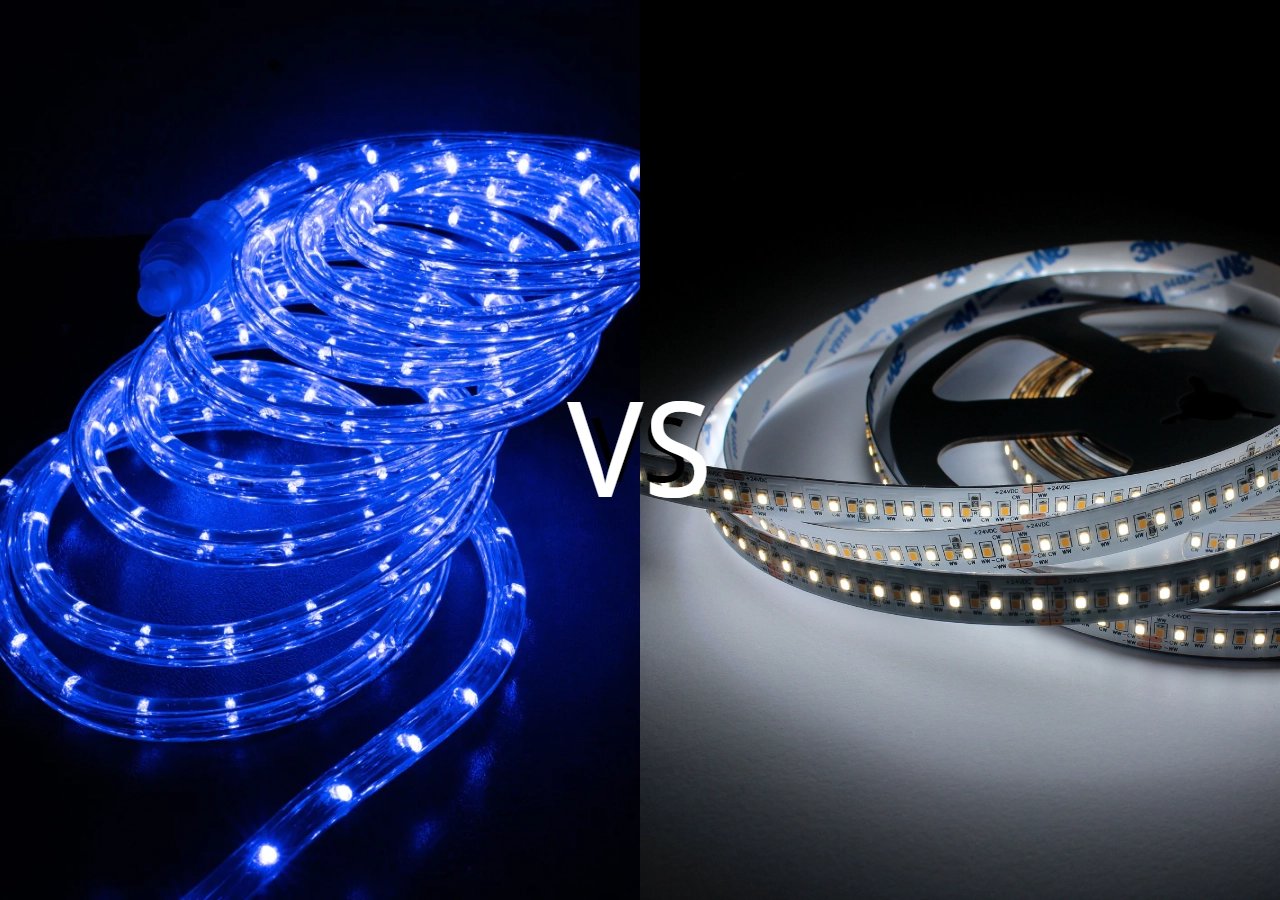

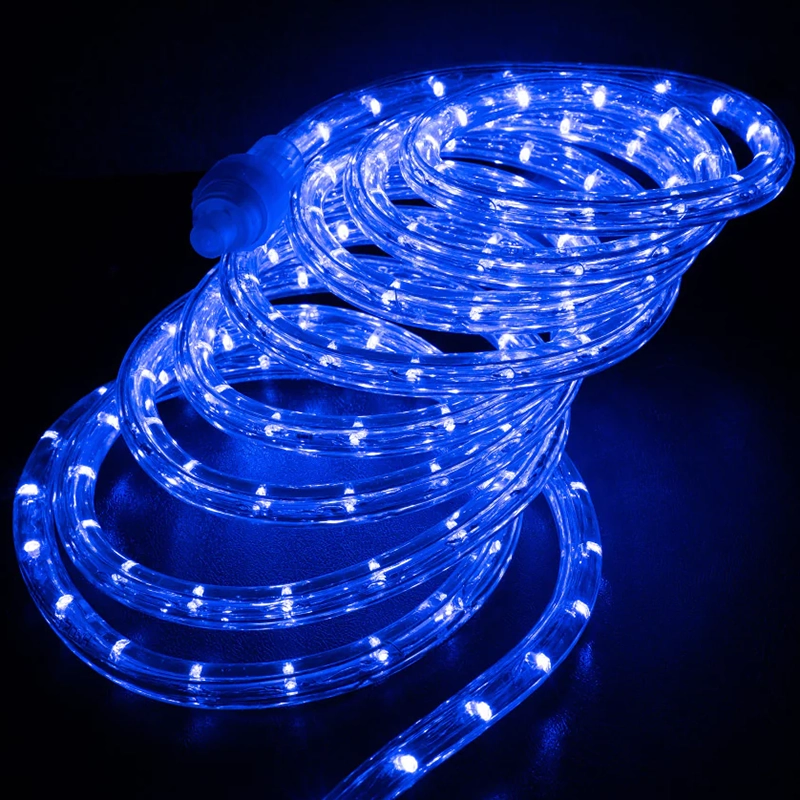
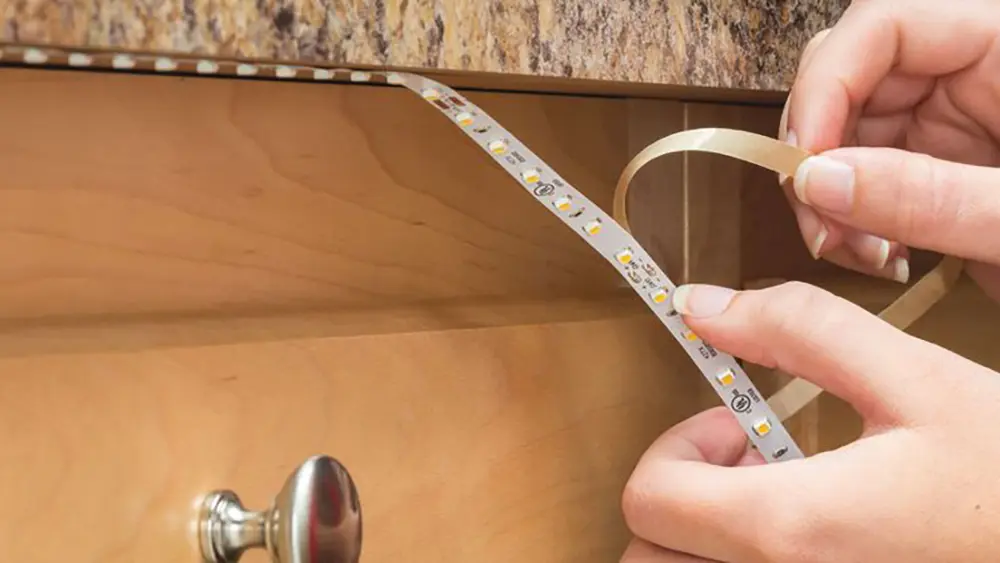

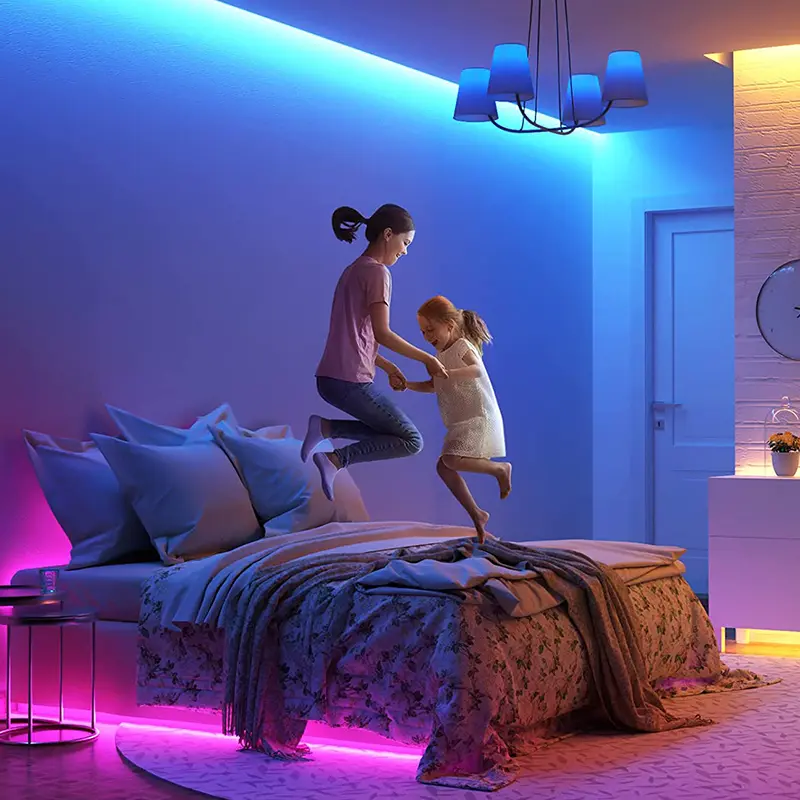

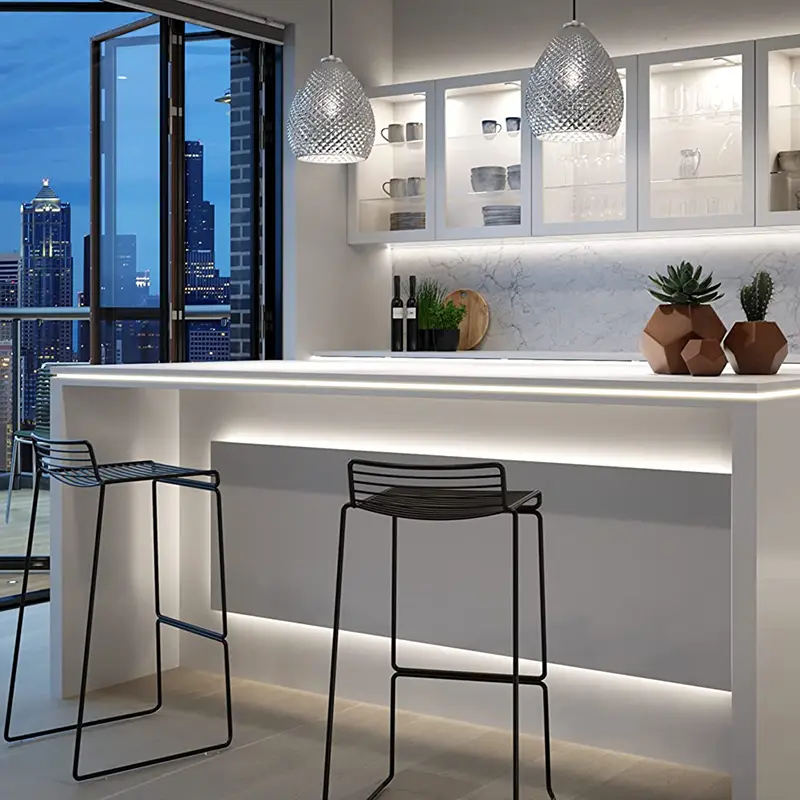



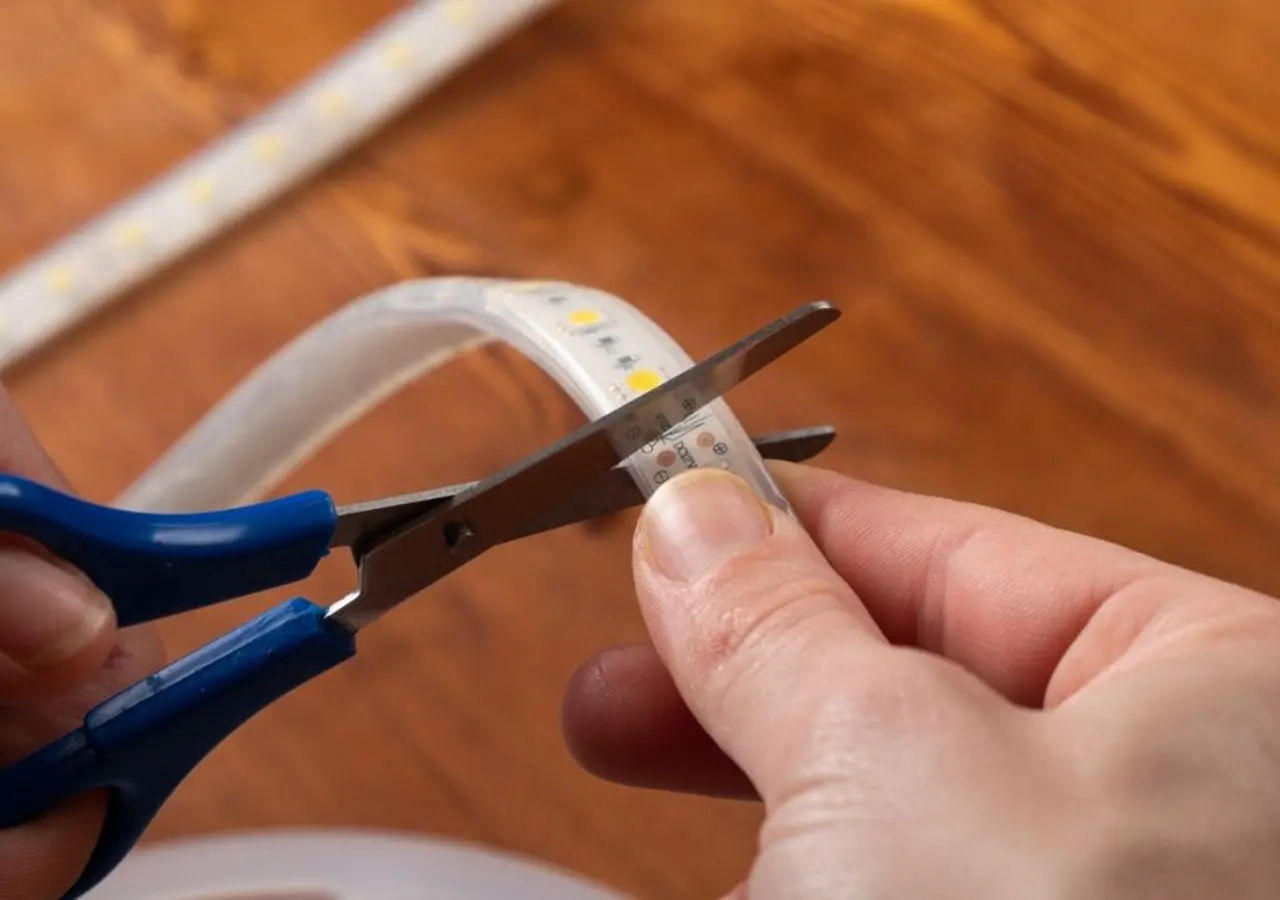
멋진 가이드입니다.